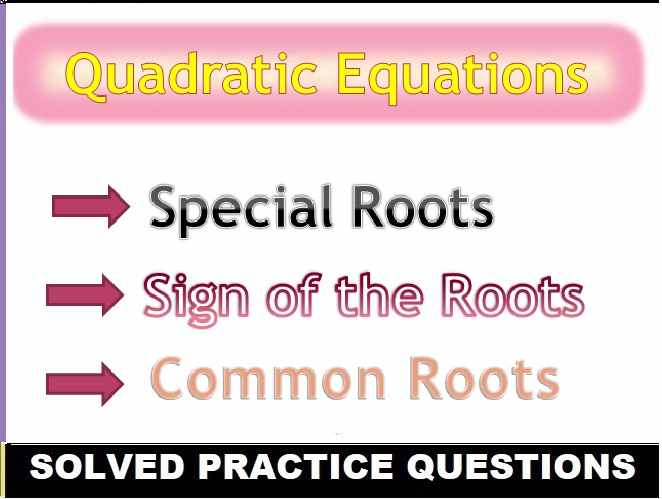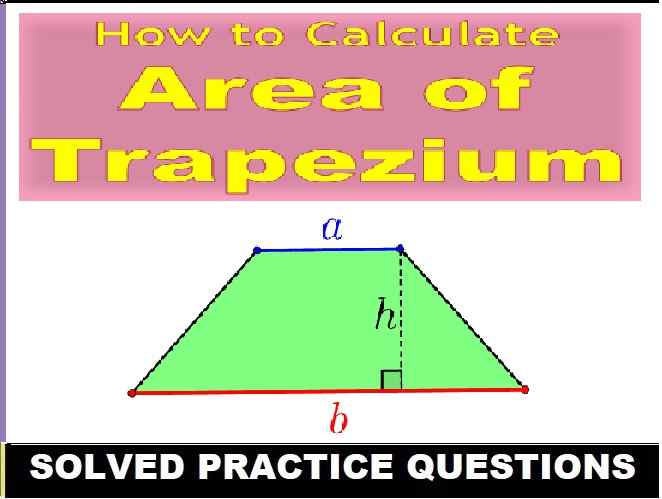Circulatory System Srijan Publications Solutions ICSE Class-10 Ch-8. We Provide Solutions of Very Short Answer Type, Short Answer Type, Long Answer Type Questions and MCQs of Exercise-8 Circulatory System Srijan Publications ICSE Class-10 Ch-8. Visit official Website CISCE for detail information about ICSE Board Class-10.
Circulatory System Srijan Publications Solutions ICSE Class-10 Biology Ch-8
| Board | ICSE |
| Publications | Srijan Publications |
| Subject | Biology |
| Class | 10th |
| Writer | Veer Bala Rastogi |
| Chapter-8 | Circulatory System |
| Topics | Solutions of MCQs, Very short and Short Long Answers Questions |
| Edition | for 2022-2023 Academic Session |
A. VERY SHORT ANSWER TYPE QUESTIONS
Ch-8 Circulatory System Srijan Publications ICSE Class-10 Biology Solutions
(Page-120)
Questions 1. Give one word for the following:
(a) Number of RBCs in one mL of man’s blood.—4.5 to 5.9 million/mm3
(b) Site of production of RBCs in adult humans.–red bone marrow of bones
(c) The process in which WBCs engulf bacteria–phagocytosis
Questions 2. Fill in the blanks with suitable word.
(a) Lymph is …clear-to-white fluid.….. blood.
(b) Blood is a …..fluid….. connective tissue.
(c) …haemoglobin.. is the most efficient oxygen carrier.
(d) Valves are present in …..veins……. to direct blood flow in them towards heart.
(e) …Aortic valve……. comes out of the left ventricle.
(f) Blood is brought back into heart by …..superior vena cava …
Questions 3. State whether the following statements are true or false. If false, rewrite the correct form of statements.
(a) Pulmonary veins carry deoxygenated blood to heart. False
Pulmonary veins carry oxygenated blood to heart
(b) Lymph is a filtered blood. False
Lymph is a light yellow blood.
(c) Blood platelets are necessary for blood clotting. True
(d) Aortic semilunar valves are present at the base of pulmonary aorta. True
(e) Plasma forms about 55%o of the total blood. True
(f) A man has about 8 litres of blood. False
A man has about 4.5 to 5.5 liters of blood
(g) Haemoglobin is dissolved in plasma. Hence, blood appears red in colour. False
Haemoglobin is dissolved in RBCs. Hence, blood appears red in colour
(h) The number of RBCs increases as we go to a hill station True
(i) The nucleus of lymphocytes is kidney-shaped. False
The nucleus of lymphocytes is spherical-shaped
Questions 4. Define these terms:
(a) Cardiac cycle
(b) Pulse rate
(c) Blood pressure
(d) Diapedesis
(e) Portal system
Answer :
(a) A cardiac cycle is defined as the steps involving the conversion of deoxygenated blood to oxygenated blood in the lungs and pumping it by the heart to the body through the aorta [40]. From: Healthcare Data Analytics and Management,
(b) pulse rate, also known as your heart rate, is the number of times your heart beats per minute. A normal resting heart rate should be between 60 to 100 beats per minute, but it can vary from minute to minute
(c) The force of circulating blood on the walls of the arteries. Blood pressure is taken using two measurements: systolic (measured when the heart beats, when blood pressure is at its highest) and diastolic (measured between heart beats, when blood pressure is at its lowest)
(d) The passage of White Blood Corpuscles through an unruptured wall of blood vessels is known as diapedesis. It also helps in engulfing the germs and also protects the body from getting infected. Concept: Composition of Blood: Blood Platelets (Thrombocytes
(e) a system of veins that begins and ends in capillaries.
Questions 5. Where are the following structures found and what are their functions:
(a) Pericardium
(b) Semilunar valves
(c) Hepatic portal veins
(d) Chondae tendineae
(e) Tricuspid valve
(f) Mitral valve
Answer :
(a) The pericardium is a thin sac that surrounds your heart. It protects and lubricates your heart and keeps it in place within your chest. Problems can occur when the pericardium becomes enflamed or fills with fluid.
(b) The semilunar valves are located at the connections between the pulmonary artery and the right ventricle, and the aorta and the left ventricle. These valves allow blood to be pumped forward into the arteries, but prevent backflow of blood from the arteries into the ventricles
(c) The hepatic portal vein is a vessel that moves blood from the spleen and gastrointestinal tract to the liver. It is approximately three to four inches in length and is usually formed by the merging of the superior mesenteric and splenic veins behind the upper edge of the head of the pancreas
(d) The thread like tendons of papillary muscles, inserted upon the flaps of tricuspid and bicuspid valves are called as Chordae tendineae. It prevents the valves of heart from movement by holding the flaps tightly against the strong flow of blood. It allows the blood to flow in one direction only.
(e) The tricuspid valve is located between the right atrium (top chamber) and right ventricle (bottom chamber). Its role is to make sure blood flows in a forward direction from the right atrium to the ventricle. across the valve, found by echocardiogram or cardiac catheterization.
(f) The mitral valve is located in the left side of the heart, between the left atrium and left ventricle. Oxygen-rich blood flows into the left atrium from the pulmonary veins. When the left atrium fills with blood, the mitral valve opens to allow blood to flow to the left ventricle
B. Short Answer Type Questions
Ch-8 Circulatory System Srijan Publications ICSE Class-10 Biology Solutions
(Page-120)
Questions 1. Give differences between the following:
(a) Blood and lymph
Ans: Blood vessels deliver oxygen and nutrients to virtually all cells in developing mammalian embryos and adults, whereas lymphatic vessels drain the interstitial fluid that collects in tissues, and serve as a conduit for immune cell trafficking and fat absorption.
(b) Systemic and pulmonary circulation
Ans: Pulmonary circulation moves blood between the heart and the lungs. It transports deoxygenated blood to the lungs to absorb oxygen and release carbon dioxide. The oxygenated blood then flows back to the heart. Systemic circulation moves blood between the heart and the rest of the body.
(c) Artery and vein
Ans: Arteries carry blood away from the heart, and veins carry blood towards the heart. With the exception of pulmonary blood vessels, arteries carry oxygenated blood and veins carry deoxygenated blood.
(d) Auricles and ventricles
Ans : Ventricle refers to the lower chambers of the heart. The main difference between auricle and ventricle is that auricle aids the collection of blood into the heart whereas ventricle pumps blood to the corresponding parts of the body with a high pressure.
(e) RBC and WBC
Ans:
| RBC – Red Blood Cells | WBC – White Blood Cells |
|---|---|
| Red blood cells are called Erythrocytes. | White Blood Cells are called Leucocytes or Leukocytes. |
| RBCs have a bi-concave disc shape | WBCs have an irregular shape. |
Questions 2. In an experiment, the pulse rate of a normal human adult was counted 6 times at an interval of 5 minutes each and was recorded as under
I-94 per minute
II-80 per minute
Il -75 per minute
IV-73 per minute
V-75 per minute
VI-74 per minute
What conclusion can you draw from these counts?
Answer : High pressure become normal in half an hour
C. Long Answer Type Questions
Ch-8 Circulatory System Srijan Publications ICSE Class-10 Biology Solutions
(Page-120)
Questions 1. Answer the following questions:
(a) Describe the role of valves at the openings between auricles and ventricles in human heart.
Ans: Valves ensure that blood does not flow backwards when the ventricles contract, i.e. it ensures that the blood flows only in one direction
(b) What is the function of blood platelets?
Ans:- thrombocytes, are small, colorless cell fragments in our blood that form clots and stop or prevent bleeding
(c) Give the functions of lymph.
Ans: t keeps the body cells moist. It transports oxygen, hormones and nutrients to different parts of the body and removes metabolic waste from the cells. It transports antibodies and lymphocytes to the blood. Maintaining the composition of tissue fluid and the volume of blood.
(d) Trace the relation between artery, vein and capillary.
Ans: Arteries carry blood away from your heart. Veins carry blood back toward your heart. Capillaries, the smallest blood vessels, connect arteries and veins.
(e) Describe the functions of plasma.
Ans: The main role of plasma is to take nutrients, hormones, and proteins to the parts of the body that need it. Cells also put their waste products into the plasma. The plasma then helps remove this waste from the body. Blood plasma also carries all parts of the blood through your circulatory system
(f) Write two important functions of blood.
Ans: 1. transporting oxygen and nutrients to the lungs and tissues. 2. forming blood clots to prevent excess blood loss.
(g) What is the significance of hepatic portal system in man?
Ans: he hepatic system is important because it collects blood from the intestine and passes it to the liver, the centre for many chemical reactions concerned with the absorption of food into the body and the control of substances…
(h) List the various components of human blood and describe their functions
Ans: Plasma is the main component of blood and consists mostly of water, with proteins, ions, nutrients, and wastes mixed in. Red blood cells are responsible for carrying oxygen and carbon dioxide. Platelets are responsible for blood clotting. White blood cells are part of the immune system and function in immune response.
(i) What is dotting? How does dotting of blood occur? Represent the process of clotting in blood
Ans: The blood stops flowing from a wound in case of injury. The blood clot or ‘coagulum’ is formed by a network of fibrin threads. In this network, deformed and dead formed elements (erythrocytes, leukocytes and platelets) get trapped. The enzyme thrombin converts fibrinogen present in the plasma to fibrin.
(j) Describe briefly the working of human heart.
The heart works as two pumps, one on the right and one on the left, working simultaneously. Blood flows from the right atrium to the right ventricle, and then is pumped to the lungs to receive oxygen. From the lungs, the blood flows to the left atrium, then to the left ventricle
(k) What prevents the backward flow of blood in the heart?
Ans: a series of valves open and close tightly. These valves ensure that blood flows in only one direction, preventing backflow. The tricuspid valve is situated between the right atrium and right ventricle.
Questions 2. Draw a labelled diagram of V.S. of heart of man showing the valves and chambers.
Answer :

— : End of Circulatory System Srijan Publications Solutions ICSE Class-10 Biology :–
Return to :- Srijan Publication ICSE Biology for Class 10 Solutions
Thanks



Update the chapter for new edition